Can’t let Asian Heritage Month go by without a nod to Mary and Walter Chan, the Strathcona activists who helped keep the bulldozers at bay and rallied the community to preserve not only Chinatown, but a big chunk of our city’s culture and heritage.
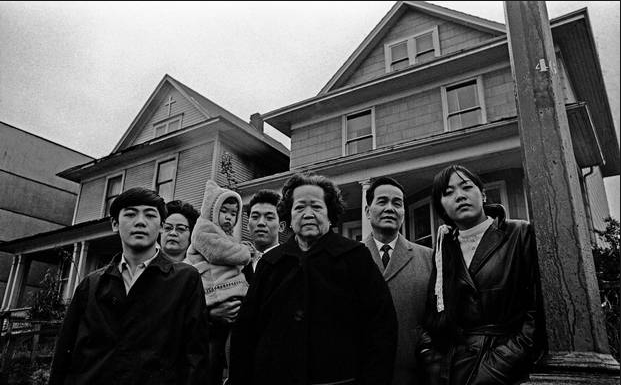
Chan family outside 658 Keefer ca.1968. From L to R: Larry Chan, Grandmother Lim Hop Lee, Karen Chan (baby), Nick Lum, Mary Chan, Walter Chan and Shirley Chan. Photo courtesy Shirley ChanIn 1968, Shirley Chan used to accompany her mother when she knocked on doors, talked, cajoled and canvassed donations to hire a lawyer to take on City Hall. The Chans held early organizing meetings in their three-storey Edwardian house at 658 Keefer Street. “Mom had a natural organizing ability,” said Shirley, who at the time, was an SFU student studying for a BA in English.
Mary’s grandfather, Lee Ying Yat, came to Canada in 1879 hoping to strike it rich in the gold rush. It didn’t work out and he started work on the railroad. He managed to save enough money to buy some boggy land along the waterfront, eventually expropriated for the Port of Vancouver for $200.
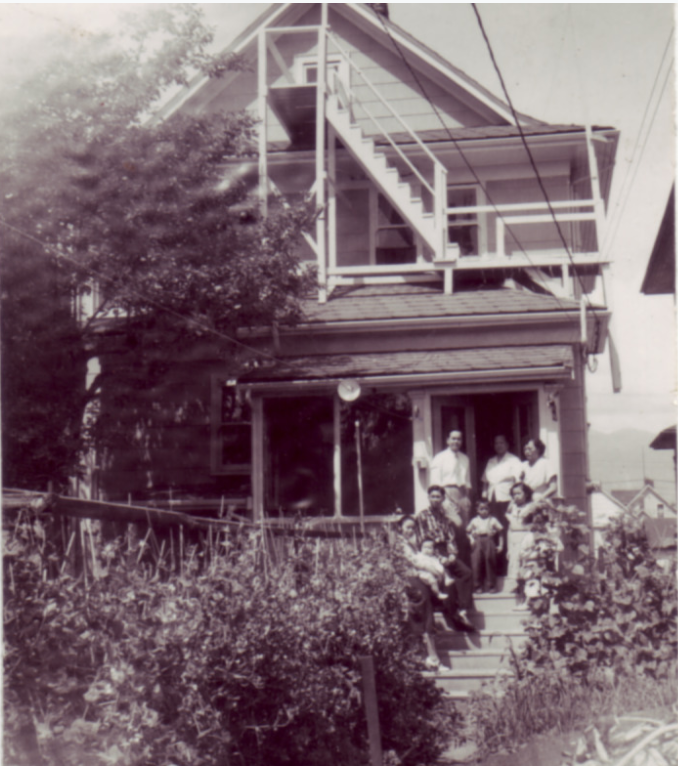
He used this money to bring his son Joe Lee to Canada, who married and had 10 children. Mary was daughter number three.
The family struggled along until 1923, when the government announced the Chinese Immigration Act (known in the community as the Chinese Exclusion Act), and they returned to China. By the 1940s, China was an unstable place. Mary now married to Walter Chan, a teacher and pregnant with Shirley, returned in 1947 after the Act was lifted. She worked three jobs, mostly in Gastown clothing factories, until she had enough money to bring her husband to Canada. They wanted to bring their children up close to Chinatown where they could learn to speak Chinese and retain their culture.
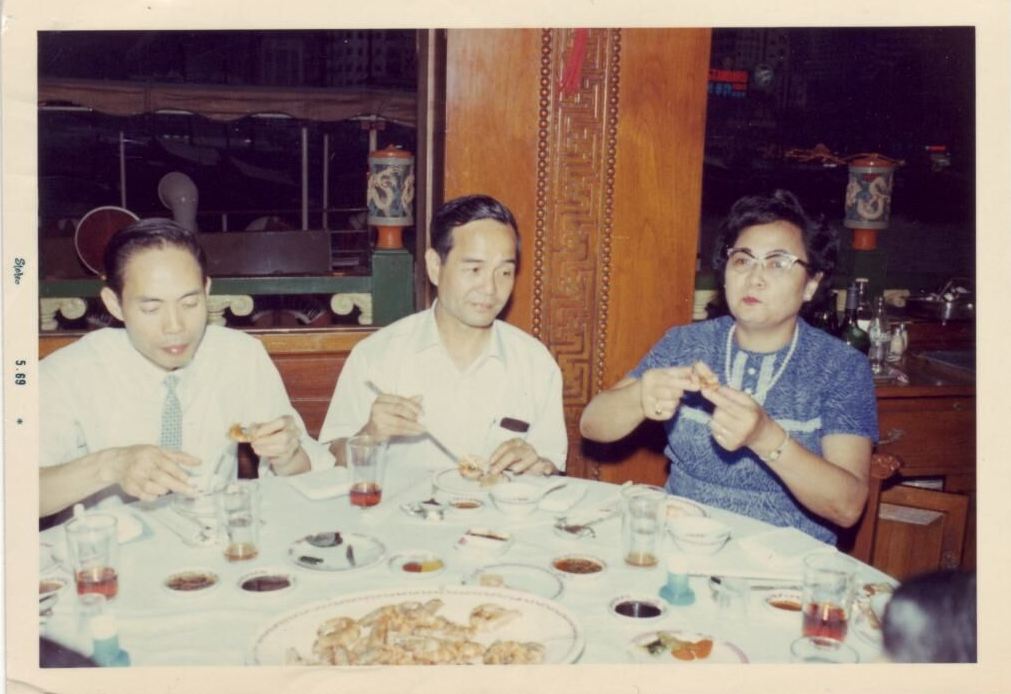
By 1955, they’d saved enough money to buy the house on Keefer Street from the Minichiello family.
Soon after moving into their house, the Chans learned about the urban renewal program. Thinking that if they fixed up their house, they’d be able to keep it, they hired people to do repairs. Then they discovered that the entire neighbourhood was slated for demolition.
“Mom would drag me around after work or on weekends, and my job was to translate for her, except I never had to translate because she always did all the talking herself anyway. She was just afraid she might not understand something.”
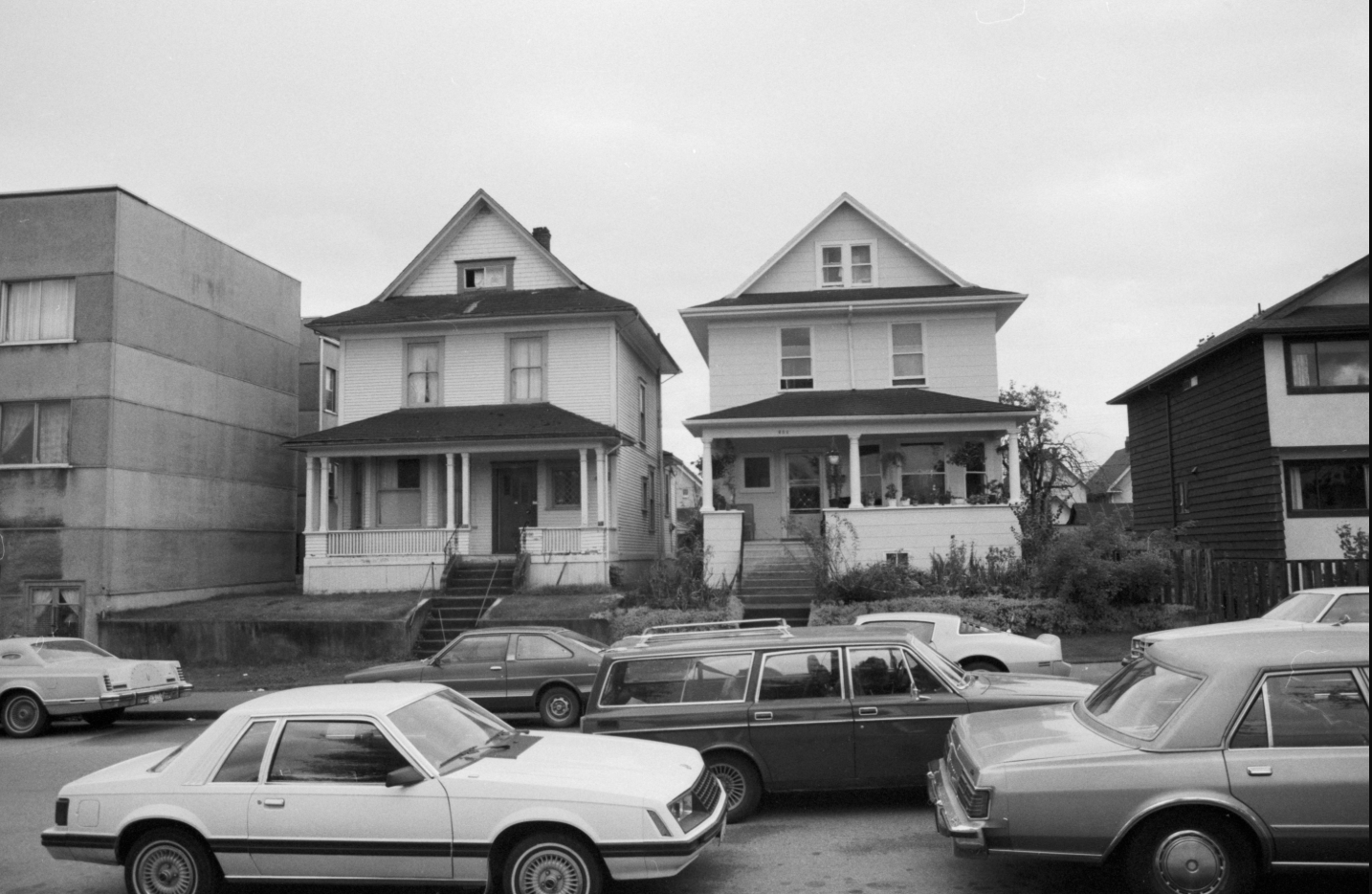
Shirley said a lot of lobbying and fundraisers happened around food. “Whenever a cabinet minister came to town, we’d organize a tea party or a banquet.”
In 1969, the planners at City Hall organized a tour for federal minister of housing Paul Hellyer. Shirley went with him. “I had an opportunity to show him these houses that were still true. Okay the porch might need to be replaced, but the fact is it was still decent, safe, affordable housing for families.”
Hellyer returned to Ottawa and announced a freeze on urban renewal.
“It was a tremendous victory and we used opportunities like this to bring the community together and know that we had achieved something special—to have stopped urban renewal and changed national housing policy.”
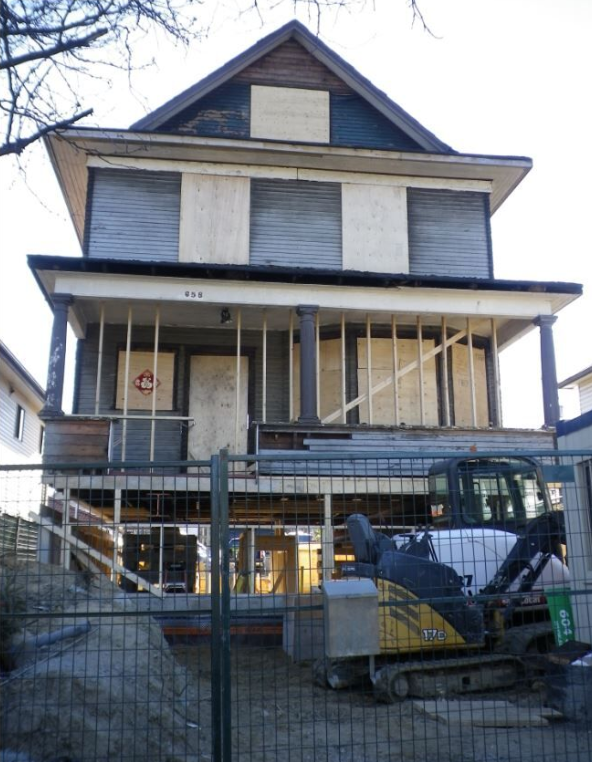
“When Mike Harcourt was elected mayor in 1980, Shirley became his executive assistant and chief of staff.
May Chan died in 2002. “My mother was the one who really believed in an active democratic government where, as a citizen, you had the right and the power to go and make a difference.”
Shirley’s brother Larry Chan, a naturopathic doctor, believes that his family home is an important part of the urban planning and development in Vancouver. “Personally, I would like my own children to realize the important role that my parents had in preserving Strathcona,” he said.
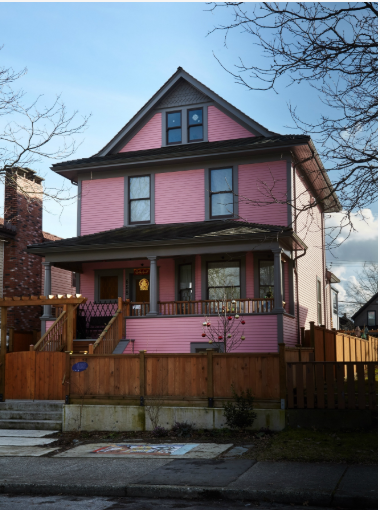
© All rights reserved. Unless otherwise indicated, all blog content copyright Eve Lazarus.
Also see: How the Chinese Saved Chinatown and At Home with History: the secrets of Greater Vancouver’s Heritage Houses




1 comment on “May is Asian Heritage Month – Meet Mary Chan”
Thanks for this timely update.